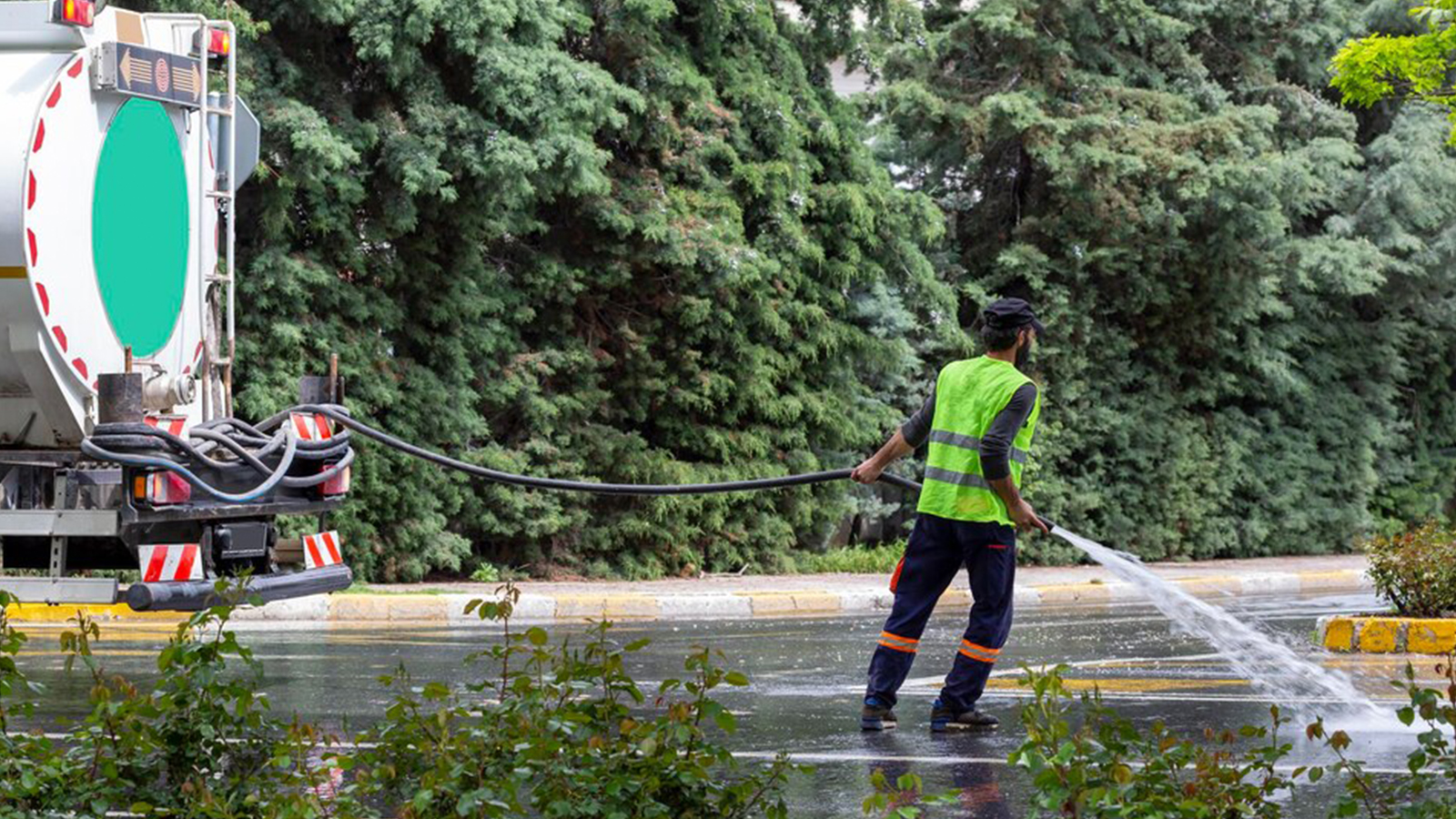Challenges in Road Hygiene: Addressing Litter, Debris, and Pollution
Road hygiene is a critical aspect of urban maintenance that often goes unnoticed until the consequences of neglect become apparent. Addressing the challenges of litter, debris, and pollution on our roads is essential for maintaining clean, safe, and sustainable environments. This article explores the key issues in road hygiene, the impact of these challenges, and strategies for effectively managing them.
1. Littering: A Persistent Problem
Littering is one of the most visible and pervasive challenges in road hygiene. Despite efforts to reduce it, litter continues to accumulate along roadsides, creating an unsightly and unhealthy environment. Common sources of litter include improperly discarded food wrappers, plastic bottles, cigarette butts, and other waste items. The problem is exacerbated by the behavior of individuals who neglect to dispose of trash responsibly, leading to an ongoing cycle of pollution.
Impact:
- Environmental Harm: Littering contributes to pollution, harming wildlife and ecosystems. Plastics, in particular, take hundreds of years to decompose, leading to long-term environmental damage.
- Public Health Risks: Accumulated litter can attract pests, spread diseases, and create breeding grounds for mosquitoes, increasing the risk of vector-borne diseases.
- Economic Costs: Cleaning up litter requires significant public resources, diverting funds from other critical services.
Solutions:
- Public Awareness Campaigns: Educating the public about the impact of littering can help change behaviors and reduce the amount of waste discarded on roads.
- Increased Fines and Penalties: Enforcing stricter penalties for littering can deter individuals from engaging in this harmful practice.
- Community Clean-Up Initiatives: Organizing community events to clean up litter can foster a sense of responsibility and pride in maintaining clean roads.
2. Debris: A Hazardous Threat
Road debris, such as fallen branches, construction materials, and broken vehicle parts, poses a significant hazard to motorists and pedestrians alike. These obstructions can lead to accidents, damage vehicles, and create dangerous conditions on the road.
Impact:
- Safety Risks: Debris on roads can cause traffic accidents, leading to injuries and fatalities. Motorists may swerve to avoid debris, increasing the risk of collisions.
- Infrastructure Damage: Debris can damage road surfaces, leading to costly repairs and infrastructure degradation.
- Traffic Disruptions: The presence of debris often results in traffic slowdowns and congestion, especially when it requires immediate removal.
Solutions:
- Regular Maintenance and Inspections: Routine road inspections can help identify and remove debris before it causes harm.
- Quick Response Teams: Deploying specialized teams to quickly address debris on roads can minimize risks and ensure safer travel conditions.
- Public Reporting Systems: Encouraging the public to report debris on roads through apps or hotlines can lead to faster resolution of hazards.
3. Pollution: An Ongoing Battle
Pollution, particularly from vehicle emissions and industrial runoff, is a major challenge in maintaining road hygiene. Contaminants from these sources can accumulate on road surfaces, eventually making their way into water bodies and soil, causing environmental degradation.
Impact:
- Air and Water Quality Degradation: Pollutants from roads contribute to poor air quality and contaminate water sources, affecting both human health and ecosystems.
- Ecosystem Disruption: Runoff from roads can carry harmful chemicals into nearby environments, disrupting ecosystems and harming wildlife.
- Increased Maintenance Costs: Pollution accelerates the wear and tear of road surfaces, necessitating more frequent maintenance and repair.
Solutions:
- Green Infrastructure: Implementing green infrastructure, such as permeable pavements and roadside vegetation, can help reduce runoff and filter pollutants.
- Emissions Reduction Programs: Encouraging the use of cleaner vehicles and alternative transportation can decrease the amount of pollutants emitted into the environment.
- Stormwater Management Systems: Investing in effective stormwater management systems can prevent pollutants from roads from entering waterways.
Conclusion
The challenges of road hygiene—litter, debris, and pollution—require a multifaceted approach to address effectively. By raising public awareness, enforcing stricter regulations, and investing in innovative solutions, communities can improve road hygiene, creating cleaner, safer, and more sustainable environments for everyone.

